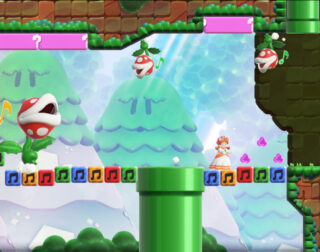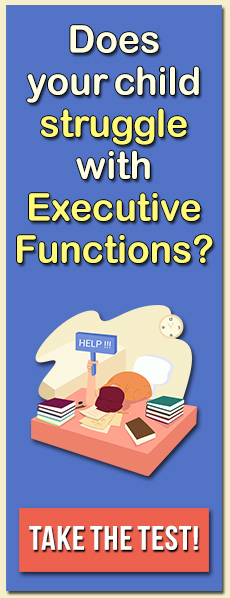There is a fine balance between stepping back and looking at the past and moving forward in the present. Constantly looking ahead may mean sacrificing the reflective skills necessary to learn from mistakes and improve on oneself. On the other hand, being overly reflective may keep a person stuck in the past rather than being mindful of the present. Kids need to be taught basic reflective skills that enable them to look critically at the work they’ve done and decisions they’ve made without getting stuck in the past. And better reflection skills can help them be better planners, too. In this edition of the LearningWorks for Kids Beyond Games series we’re talking about teaching kids basic reflection skills that lead to better planning and general self-improvement.
Get it over with. Most children want to do their homework as quickly as possible, but they are likely to learn less and get lower grades when they rush through it and make careless errors. Use a snack or break time to reward them for checking work for errors before moving on to the next assignment. Showing them how to check and correct their work and making it part of the process makes it less painful and increases the likelihood that they’ll do it on a regular basis. Using a web app like Google Docs, which gives writers automatic feedback on spelling, grammar, and style, or a math game like those included in an app like My Backpack, can be a less threatening way to practice making mistakes and corrections.
Hold off on “no.” The next time a child asks for something outrageous or to do something out of the ordinary, wait a few minutes before saying “no.” Instead of flat-out denying the request, say, “Let’s think about that.” Not only are you modeling the act of taking time to think and reflect, you’ll be providing them with an opportunity to practice some metacognition. They’ll have the chance to determine the merits of their idea by stepping back, considering their original request, and pointing out its pros and cons. If the request is not feasible, encourage the child to understand your reservations about it and come up with alternatives. Help your child use metacognitive and planning skills to get through tough decisions by using an app like Great Decisions 7.
Do it yourself. Put your own thought process on display by modeling self-verbalization and self-instructional skills. Listening to you verbalize your thought processes while engaged in a problem-solving task can help a child identify new metacognitive strategies. Demonstrate techniques for organizing thoughts and determining the best actions to take. Statements like, “This reminds me of the time when we tried to do…” or “I need to think about what worked and did not work the last time…” help him use similar strategies to problem-solve. The next time they are struggling to organize homework, put a puzzle together, or solve a math problem, ask questions like, “Can you think of another way to do that?”, “How do you think others might solve that problem?”, or “What happened the last time you tried that?” Prompt them to ask these questions without relying on your cues.
Make them responsible. Have your child practice metacognitive skills by letting them help draft and develop household or classroom policies. Encourage them to think about the reasons behind current rules and help them create a couple of brief new ones for issues like curfew and screen time. You might even allow appropriate and thoughtful negotiation of changes to rules. The goal is for them to recognize the underlying rationale for a particular set of rules and expectations. Understanding what goes into establishing guidelines can boost their planning skills and may even make existing rules easier to enforce. Use an app like HabitRPG or Screen Time to help them gain insight into and objectivity about their habits.
Featured image: Flickr user Tim Snell





